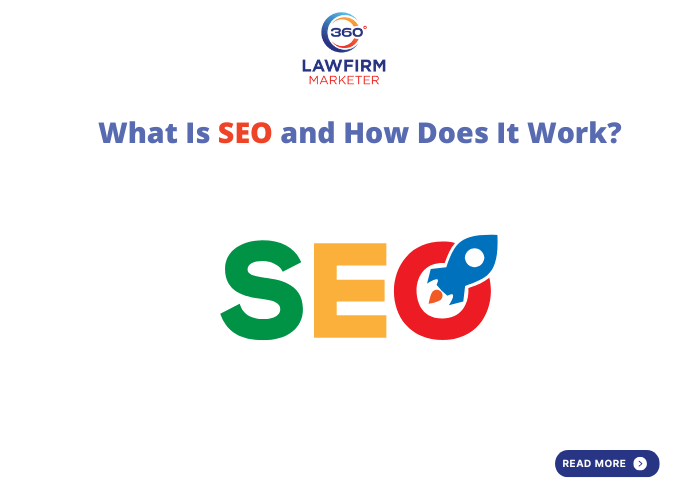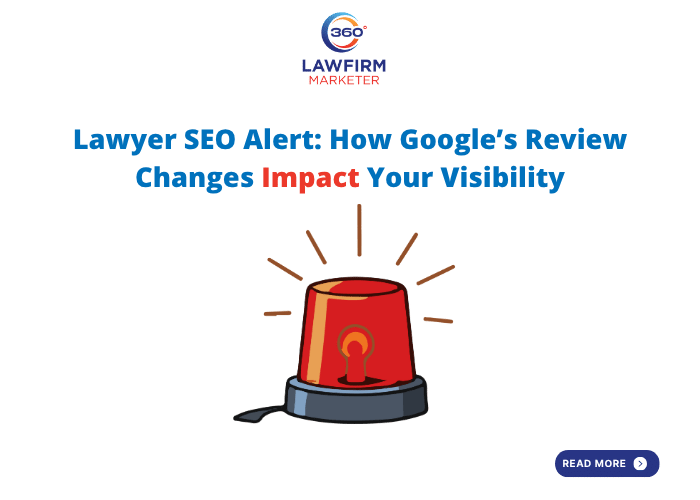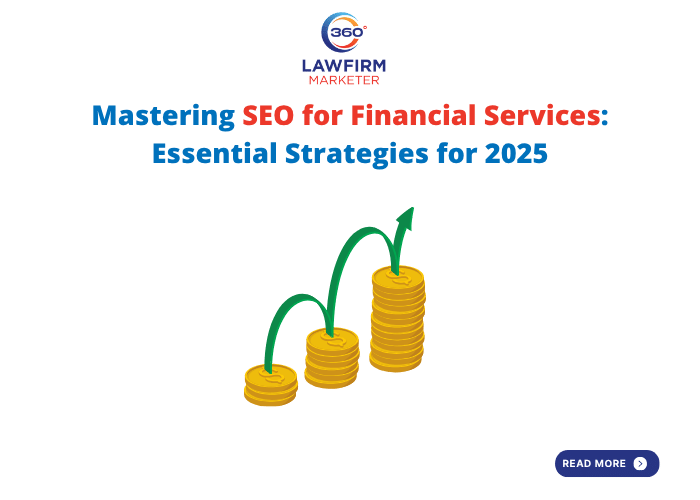
Are you just beginning your Search Engine Optimization (SEO) journey? Maybe you’ve heard that SEO can help you drive traffic, generate leads, and improve your rankings but you’re unsure how it all works. Don’t worry this guide breaks down SEO fundamentals, explains how search engines work, and shows how AI in digital marketing plays an essential role in the modern SEO landscape.
Once you understand these basics, you’ll be ready to leverage SEO to grow traffic, boost brand awareness, and drive quality leads for your business.
What Is Search Engine Optimization (SEO)?
SEO (Search Engine Optimization) is the process of improving your website to increase visibility in organic (non-paid) search results. In simple terms, SEO helps your website appear higher on search engines like Google when users search for products or services related to your business.
The higher your site appears in Search Engine Results Pages (SERPs), the more people will find and visit your website.
Pro Tip: SEO isn’t limited to Google or Bing anymore. Platforms like YouTube, TikTok, and even Pinterest are now being used as search engines so optimizing for them can significantly expand your reach.
The Three Pillars of SEO
While SEO is constantly evolving, its foundation is built on three core pillars:
- Technical Optimization
These are behind-the-scenes activities that improve your website’s crawlability and indexing. Examples include:
- Submitting your sitemap to Google
- Improving site speed and mobile performance
- Fixing broken links and optimizing structured data
- On-Page Optimization
This focuses on optimizing the content and elements within your website for better visibility and user experience. Examples include:
- Using target keywords in titles, headers, and meta tags
- Writing valuable, user-focused content
- Improving navigation and internal linking
- Off-Page Optimization
These are external actions that build your site’s authority and trustworthiness mainly through:
- Acquiring high-quality backlinks
- Strengthening brand mentions across the web
- Social media engagement and digital PR
Paid search vs. organic search – the differences and similarities
From the outset, it’s important that you understand the differences and similarities between the organic, natural search synonymous with SEO and paid search.
What are the differences between paid and organic search?
There are five key differences between paid and organic search. Let’s look at each one of them.
Position
The first difference is that paid search results appear at the top of search engine results pages, and organic results appear beneath them.
Be aware that the arrival of Google’s AI Overviews is changing display advertising all the time using AI. So it’s important to keep on top of developments for your SEO activities.
Time
Another key difference between paid and organic search is time. With paid search, you can get results quickly whereas, with organic search, results take more time – often weeks, months, and even years. So you have to play the medium to long-term game with organic search.
Payment
As the name suggests, you pay for paid search traffic, with pay-per-click (PPC) marketing on a cost-per-click (CPC) basis.
What that means is, you pay a fee every time a user clicks on your ad. So instead of relying on organic traffic to your website, you buy traffic for your page by paying Google to show your ad when your visitor searches for your keyword.
For organic search, traffic is free, although it does require an investment of both resources and time.
ROI
In terms of the return on investment (ROI), it’s much easier to measure paid search. That’s partly because Google provides more keyword data that you can capture in Google Analytics.
However, with paid search, ROI can stagnate or decline over time. With organic search, ROI is a little bit harder to measure, but it often improves over time. Over the long term, organic search can offer a very good return on investment.
Share of traffic
When it comes to traffic share, research from BrightEdge found that organic search is responsible for 53% of all site traffic compared to paid at 15%. So the lion’s share of clicks are actually on the organic results.
It’s not all about differences – there are also similarities between paid and organic search:
Keyword research: You use a search engine for both paid and organic search, and both require a user to enter a keyword. So you need to do keyword research for organic search and paid search.
Landing pages: Both types of search require you to create great landing pages. For SEO, the landing page needs to be connected to your website. For paid search, it can be the exact same landing page you use for organic, or it can be a completely separate stand-alone page that sits on your website.
Traffic: Generating traffic is a major goal of both paid and organic search. Most importantly, both paid and organic search traffic include user intent. That is, someone is asking Google a question or searching for information – they are in an active mindset and as a result they are more likely to take action once they find this information.
How Do Search Engines Work?
Search engines operate in three main stages: Crawling, Indexing, and Ranking.
- Crawling
Search engines send bots (or “spiders”) to discover new and updated web pages through links.
- Indexing
After crawling, search engines decide whether to add the page to their index. Pages with unique, high-quality content are indexed; spammy or duplicate pages are not.
You can check indexed pages by typing site:yourdomain.com in Google.
- Ranking
Finally, search engines use over 200 ranking signals including keywords, site speed, backlinks, and content relevance to determine where your page appears in SERPs.
How Google Orders and Ranks Results
Google’s algorithms like Panda, Hummingbird, and RankBrain determine how search results are displayed.
RankBrain, powered by AI, helps Google interpret complex queries and understand user intent. It rewards websites that:
- Offer valuable and relevant content
- Optimize for user satisfaction (CTR, dwell time, engagement)
- Use natural language and long-tail keywords
Also consider Google’s E-E-A-T (Experience, Expertise, Authoritativeness, and Trustworthiness) principles they help build credibility and improve rankings.
How to Get the Most Out of RankBrain
To optimize your site for RankBrain:
- Target long-tail and conversational keywords
- Write in a natural, user-friendly tone
- Optimize titles and meta descriptions for higher CTR
- Use engaging elements (videos, infographics, quotes)
- Focus on increasing dwell time and reducing bounce rate
What Is an SEO Strategy?
An SEO strategy outlines how you’ll create, optimize, and promote content to achieve high search visibility and attract organic traffic. It ensures every effort aligns with your business goals and user intent.
For local businesses, implementing a local SEO strategy (like optimizing Google My Business and local keywords) helps increase visibility in nearby searches.
Setting SEO Objectives and Measuring Success
Setting measurable objectives keeps your SEO focused and trackable. Common SEO metrics include:
Metric | Purpose | Funnel Stage |
|---|---|---|
Keywords | Track keyword performance | TOFU |
Organic Traffic | Measure SEO-driven visitors | TOFU |
SERP Rankings | Track visibility | TOFU |
Engagement Rate | Measure user interactions | MOFU |
Time on Page | Evaluate content value | MOFU |
Leads & Revenue | Track conversions | BOFU |
Domain Authority | Predict ranking potential | TOFU |
Example SEO Objectives
- Move 50% of top 20 keywords to Google’s first page within 9 months.
- Increase year-over-year organic traffic by 25%.
- Grow SEO market share from 3% to 5% in the next fiscal year.
Skills You Need to Become an SEO Specialist
If you’re inspired to build a career in SEO, here are the top skills employers look for:
- Keyword Research & Analysis
- Content Optimization
- Link Building Strategies
- Technical SEO
- Data Analysis
- Copywriting & Content Marketing
- Critical Thinking & Communication
91% of marketers say SEO positively impacts website performance and Digital marketing goals (Conductor, 2025).
Top SEO Tools You Should Know
Ranking & Analytics
- Google Search Console
- Google Analytics 4 (GA4)
- KWFinder
- Semrush
SEO Auditing
- Screaming Frog
- SEOptimer
- Moz
Keyword & Content Research
- Google Keyword Planner
- AnswerThePublic
- Ubersuggest
- BuzzSumo
AI-Powered SEO Tools
- seoClarity
- Surfer SEO
AI and the Future of SEO
Artificial Intelligence continues to redefine SEO. Here’s what to watch:
- Google AI Overviews (SGE): AI-generated summaries with visuals and questions.
- Predictive Analytics: Tools like Ahrefs and CognitiveSEO forecast trends and algorithm changes.
- Local AI SEO: Moz Local and BrightSpark help tailor localized results.
- Answer Engine Optimization (AEO): Optimize for AI chatbots like ChatGPT and Google Gemini.
- Video SEO: Optimize YouTube and video content for discoverability.
- Core Web Vitals (CWV): Improve loading speed, interactivity, and visual stability.
Use SEO to Drive Traffic and Build Brand Awareness
A well-executed SEO strategy takes time but delivers sustainable, long-term results from increased visibility and engagement to higher conversions and revenue.
Need expert SEO support?
Get in touch with 247 Digital Marketing, a leading SEO company in New York, to boost your online presence with proven SEO, content marketing, and paid media strategies.




